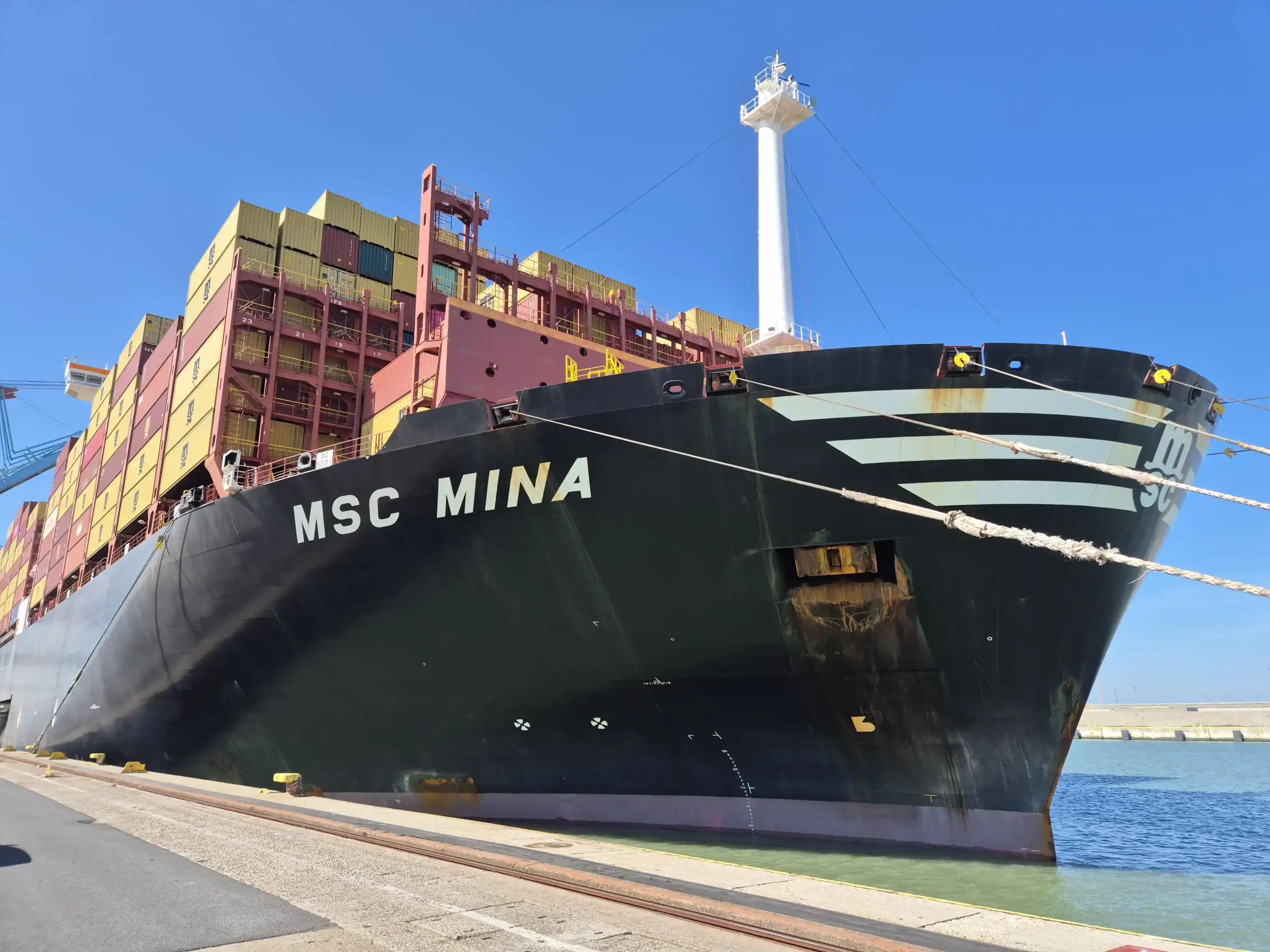The Government of Kazakhstan has reviewed measures aimed at developing the country’s transit potential, increasing transport efficiency, and digitizing procedures. Currently, five international railway corridors pass through Kazakhstan’s territory: the Trans-Caspian International Transport Route (TITR), connecting the PRC with EU countries; the Central Asian corridor — between the Russian Federation and Central Asian countries; the Southern corridor — between China and Central Asian countries; the North–South corridor, running from the Russian Federation through Turkmenistan and Iran; and the Northern corridor — from China through Kazakhstan and the Russian Federation to EU countries.
Over the five-year period (2020–2024), cargo transit volumes along these corridors increased from 21.8 million to 27.4 million tons (+20%), while container transport during the same period grew from 0.8 million to 1.3 million TEU (+37%). In the first 10 months of 2025, transit volume reached 24.9 million tons, and by the end of the year it is projected to reach 32 million tons. In 2026, this figure is expected to reach 54 million tons, in 2029 — 67 million tons, and by 2035 — 100 million tons.
To achieve such results, further improvement of transit cargo flow technologies is necessary, with one of the key measures being the reduction of customs procedure time. The existing “KEDEN” information system enables automatic determination of the type of customs control and provides customer service through a “single window” mechanism. Automated issuance of transit declarations has been introduced in pilot mode for cargo transported along China — Kazakhstan — Central Asia routes. As a result, the processing time for each container train has been reduced on average from 3 hours to 30 minutes. There are plans to extend this practice to China — Europe routes as well. To fully transition from paper to electronic documents, integration of the “EASU” and “e-Freight” systems is underway. At the same time, the country’s railway fleet is being modernized. Currently, 145.7 thousand freight wagons are in operation (+12% compared to 2015), including 12.7 platforms.



